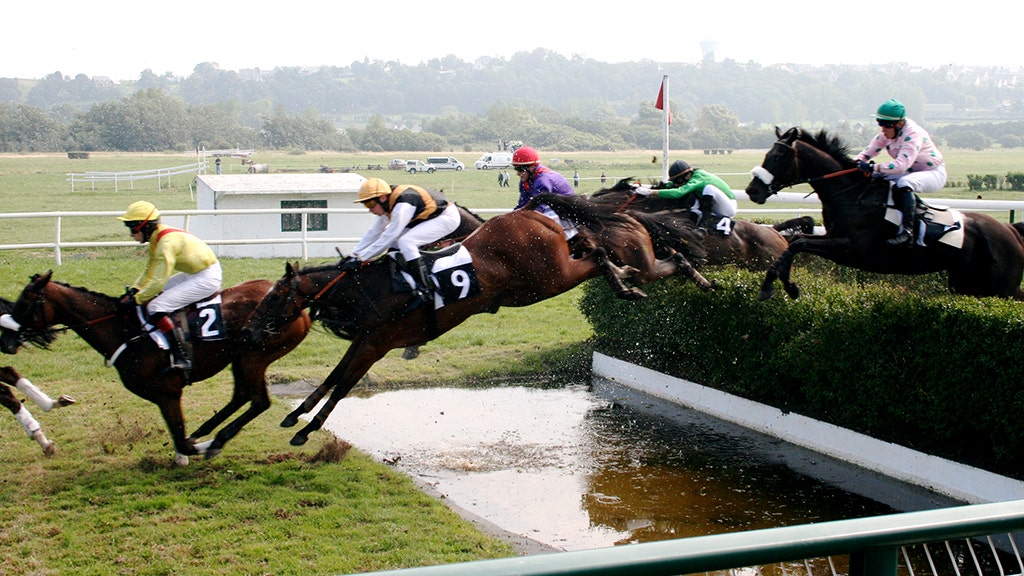Notable Steeplechase Falls in History

Steeplechase racing, with its unique combination of speed and obstacles, has always been a thrilling but potentially dangerous sport. Over the years, numerous athletes have experienced dramatic falls during races, some resulting in minor injuries, while others have led to serious consequences. These falls highlight the inherent risks of the event and have prompted changes in safety regulations and obstacle design.
Notable Steeplechase Falls
Notable falls in steeplechase history serve as reminders of the sport’s inherent dangers and the importance of safety measures. These incidents have often sparked discussions about the design of obstacles and the need for stricter safety protocols.
| Event | Athlete | Year | Description of Fall |
|---|---|---|---|
| Olympic Games, Athens | Ezekiel Kemboi (Kenya) | 2004 | Kemboi, the reigning world champion, tripped over the final water jump, falling and injuring his leg. He was unable to finish the race, which was won by Saif Saaeed Shaheen (Qatar). |
| World Championships, Berlin | Brimin Kipruto (Kenya) | 2009 | Kipruto, a rising star in the steeplechase, stumbled over the water jump and fell hard, sustaining a serious ankle injury. He was unable to compete for several months, but eventually recovered to become a multiple world champion. |
| Olympic Games, London | Mahiedine Mekhissi-Benabbad (France) | 2012 | Mekhissi-Benabbad, the reigning world champion, was in the lead with just a few meters to go when he tripped over the final water jump and fell, allowing his rival, Conseslus Kipruto (Kenya), to win the race. |
| World Championships, Beijing | Evan Jager (USA) | 2015 | Jager, a top American steeplechaser, fell hard over the water jump in the final lap of the race. He sustained a concussion and other injuries, which forced him to withdraw from the competition. |
Evolution of Safety Measures, Steeplechase fall
The history of steeplechase racing is marked by a gradual evolution of safety measures in response to falls and injuries. These measures aim to minimize the risks associated with the sport while maintaining its unique character.
“Safety in steeplechase racing is a constant work in progress. The sport’s unique combination of speed and obstacles demands a delicate balance between excitement and risk management.” – IAAF (International Association of Athletics Federations)
- Obstacle Design: The water jump has undergone significant changes over the years, with the introduction of softer landing surfaces and a gradual reduction in the height of the barrier. This has helped to reduce the severity of falls and minimize the risk of serious injuries.
- Protective Gear: The use of protective gear, such as helmets and padded clothing, has become more common in recent years. This provides an extra layer of protection for athletes in the event of a fall.
- Pre-Race Inspections: Rigorous pre-race inspections of obstacles are now mandatory to ensure that they are safe and compliant with regulations. This helps to identify and address any potential hazards before the start of the race.
- Medical Support: The availability of qualified medical personnel on-site has significantly improved in recent years. This ensures that athletes who experience falls or injuries receive prompt and appropriate medical attention.
The steeplechase fall was a jarring sight, leaving the rider dazed and the crowd hushed. It was a stark reminder of the inherent danger in the sport, a contrast to the quiet elegance of an antique brown leather chair in a grand library.
Thankfully, the rider recovered quickly, and the steeplechase resumed, the thrill of the race overshadowing the brief moment of fear.
A steeplechase fall can be a jarring experience, leaving you feeling shaken and bruised. But just like how a well-designed egg chair leather swivel chair offers a comforting embrace, a good recovery plan can help you bounce back from a fall, allowing you to regain your strength and confidence.